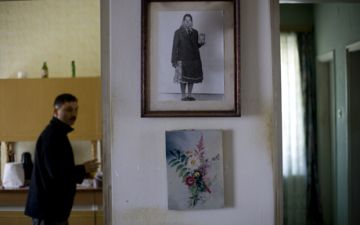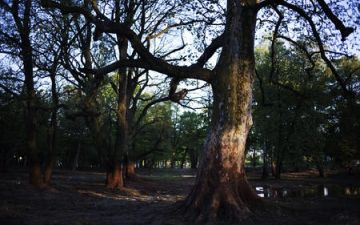Gold is not simply a metal, but a metaphor as well, a whole system of mental references ingrained in our thinking. No other element contains such rich mixture of myth and history, value and uselessness, beauty and horror. To understand gold is to understand the way we continue to shape our own reality and the world around us.
Some of the earliest cultures known to utilize gold lived in the Balkans and Anatolia. It was in this region, on the border of Europe and Asia, where the history and myth of gold started to take shape. Gold artifacts dating back from the 4th millennium BC have been found in the Varna Necropolis, by the Bulgarian town of Varna, while the legendary King Midas – whose touch turned everything to gold – ruled somewhere near present-day Ankara. Later, the Roman Empire was built partly with gold mined in Alburnus Maior, in what is now Romania’s village of Rosia Montana.
After centuries of geopolitical oblivion, today the Balkans and Anatolia are once again in the center of a gold rush. Spurred by the high prices of the metal and lax legislation, multinational mining companies have flocked to Romania, Bulgaria, Greece, and Turkey, hoping to capitalize on some of the world’s biggest reserves. In a quest to make industrial-scale mining palatable in the public eye, they have revived the myth of gold, its endless profit and possibility, its nearly idealistic essence.
There is another story, however, which involves water and soil pollution, habitat loss, and much social unrest. Taking as a starting point the 2010 red mud spill in Hungary – the largest environmental disaster in recent European history, which has since become a cautionary tale for the mining and metallurgical industries in general – this reporting looks at some pristine environments on the border of Europe and Asia threatened by the rapid expansion of gold mining.
Updated 06/11/2012


